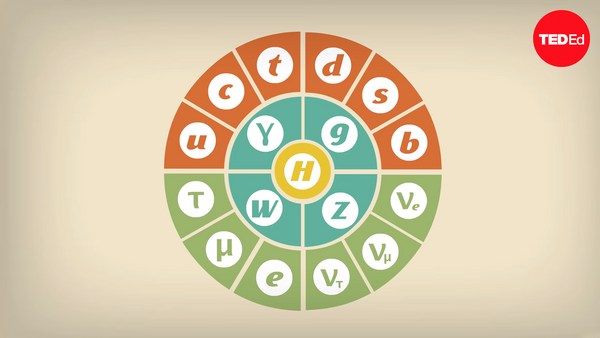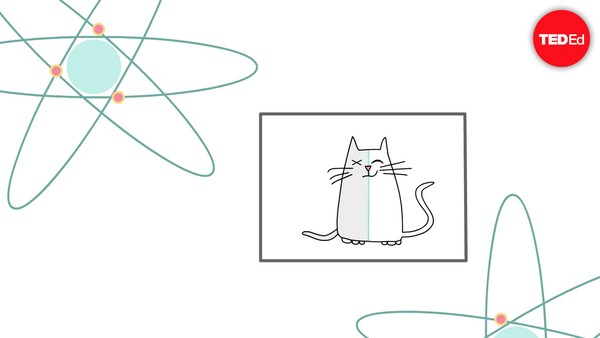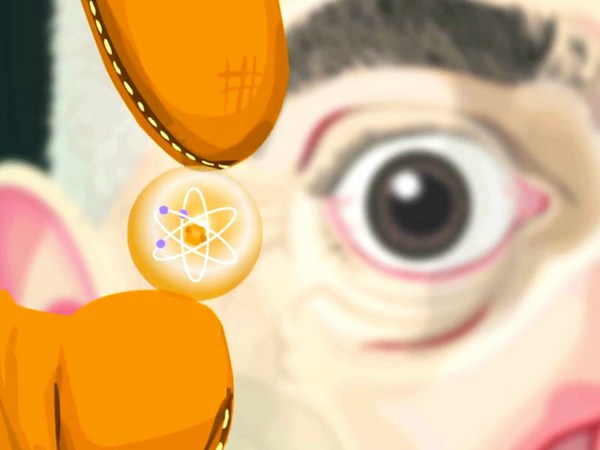Deep beneath the geysers and hot springs of Yellowstone Caldera lies a magma chamber produced by a hot spot in the earth’s mantle. As the magma moves towards the Earth’s surface, it crystallizes to form young, hot igneous rocks. The heat from these rocks drives groundwater towards the surface. As the water cools, ions precipitate out as mineral crystals, including quartz crystals from silicon and oxygen, feldspar from potassium, aluminum, silicon, and oxygen, galena from lead and sulfur.
Many of these crystals have signature shapes— take this cascade of pointed quartz, or this pile of galena cubes. But what causes them to grow into these shapes again and again?
Part of the answer lies in their atoms. Every crystal’s atoms are arranged in a highly organized, repeating pattern. This pattern is the defining feature of a crystal, and isn’t restricted to minerals— sand, ice, sugar, chocolate, ceramics, metals, DNA, and even some liquids have crystalline structures.
Each crystalline material’s atomic arrangement falls into one of six different families: cubic, tetragonal, orthorhombic, monoclinic, triclinic, and hexagonal. Given the appropriate conditions, crystals will grow into geometric shapes that reflect the arrangement of their atoms. Take galena, which has a cubic structure composed of lead and sulfur atoms. The relatively large lead atoms are arranged in a three-dimensional grid 90 degrees from one another, while the relatively small sulfur atoms fit neatly between them. As the crystal grows, locations like these attract sulfur atoms, while lead will tend to bond to these places. Eventually, they will complete the grid of bonded atoms. This means the 90 degree grid pattern of galena’s crystalline structure is reflected in the visible shape of the crystal.
Quartz, meanwhile, has a hexagonal crystalline structure. This means that on one plane its atoms are arranged in hexagons. In three dimensions, these hexagons are composed of many interlocking pyramids made up of one silicon atom and four oxygen atoms. So the signature shape of a quartz crystal is a six-sided column with pointed tips.
Depending on environmental conditions, most crystals have the potential to form multiple geometric shapes. For example, diamonds, which form deep in the Earth’s mantle, have a cubic crystalline structure and can grow into either cubes or octahedrons. Which shape a particular diamond grows into depends on the conditions where it grows, including pressure, temperature, and chemical environment. While we can’t directly observe growth conditions in the mantle, laboratory experiments have shown some evidence that diamonds tend to grow into cubes at lower temperatures and octahedrons at higher temperatures. Trace amounts of water, silicon, germanium, or magnesium might also influence a diamond’s shape. And diamonds never naturally grow into the shapes found in jewelry— those diamonds have been cut to showcase sparkle and clarity.
Environmental conditions can also influence whether crystals form at all. Glass is made of melted quartz sand, but it isn’t crystalline. That’s because glass cools relatively quickly, and the atoms do not have time to arrange themselves into the ordered structure of a quartz crystal. Instead, the random arrangement of the atoms in the melted glass is locked in upon cooling.
Many crystals don’t form geometric shapes because they grow in extremely close quarters with other crystals. Rocks like granite are full of crystals, but none have recognizable shapes. As magma cools and solidifies, many minerals within it crystallize at the same time and quickly run out of space. And certain crystals, like turquoise, don’t grow into any discernible geometric shape in most environmental conditions, even given adequate space.
Every crystal’s atomic structure has unique properties, and while these properties may not have any bearing on human emotional needs, they do have powerful applications in materials science and medicine.





